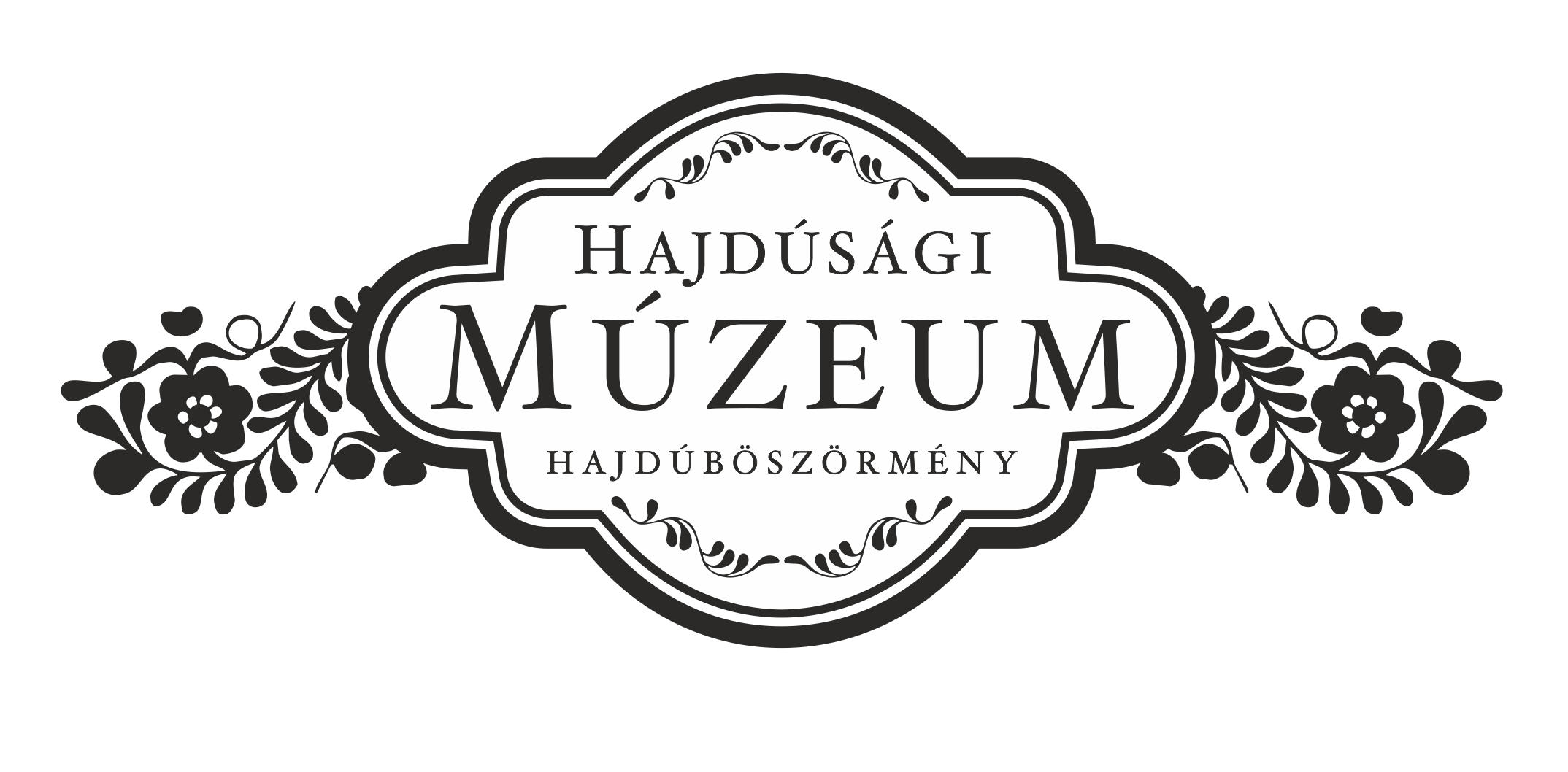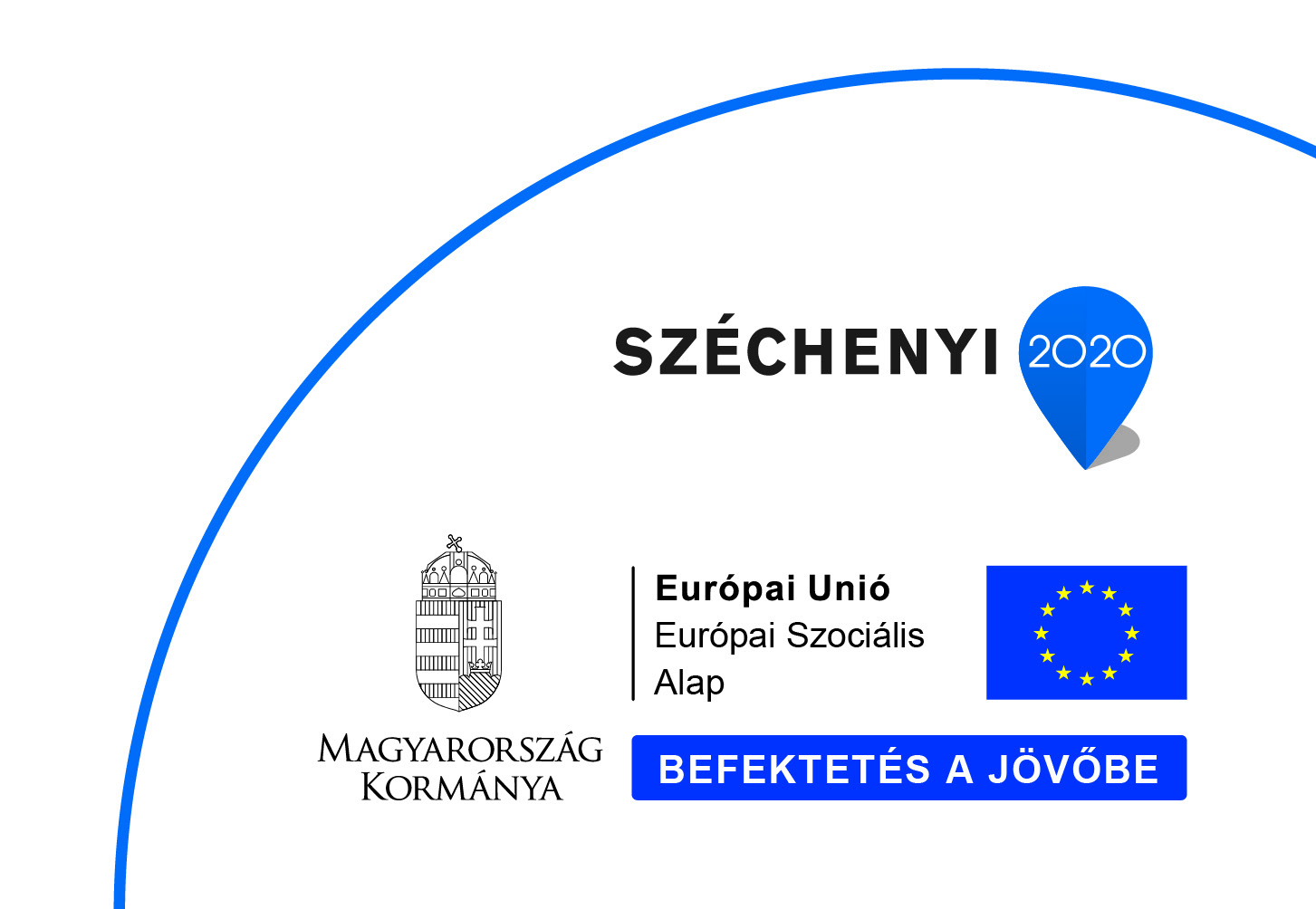Péter H. Fekete
(1880-1966)
He was born on 26th December 1880 in Hajdúszoboszló. He claimed that he was a descendant of Péter Halasi Fekete, Captain General of the Haiduk, that is why he used consistently the initial ”H” of the middle name ”Halasi” throughout his life.
He went to school in Hajdúszoboszló, Debrecen and Budapest. He graduated from the ”Pedagóium” in Buda with a school teacher degree and started teaching in 1907 in the Municipal Boys’ Civil School in Nagyvárad. Then, in 1912, he moved to Nagyszalonta to become headmaster of the Municipal Girls’ Civil School. He left Nagyszalonta in 1922 and worked as assistant headmaster of the Associational Boys’ Civil School for two years.
In 1924, he decided to leave Gyula and moved to Hajdúböszörmény, where he held the position of headmaster of the Reformed Girls’ Civil School until his retirement in 1943.
He emphasized the importance of educating the youth not only from an academic approach. He became member of the local board of the Red Cross Association, as well as, local commissioner, and later on, tutor of the Red Cross Youth Organization for years. Reading the bulletins of the Girls’ School, which was edited by him, one can notice how much he supported and encouraged the work of different youth organizations and self-culture clubs in the school, in order to assure the opportunity for the children to spend their free time in a beneficial way. He also paid much attention to sporting activities and, as a consequence, the pupils placed under his care obtained good results at national and county-level sports competitions.
In addition, he organized an extension course within the school in 1938, in order to facilitate more successful higher education for his pupils. He made considerable efforts to introduce the most modern principles in the educational system of the school, he did not lack innovative ideas, such as setting up a motion-picture room, acquiring demonstrative equipment for the lessons, among others, a numismatic collection, which was based on his own collection, which he offered to the school.
His educational and cultural achievements were not limited only to the school, he continued the work outside the school right from the beginning in 1924. From 1927, when he was elected member of the Public Education Association Board, he organized and held several scientific lectures at the winter meetings of the association.
From the time of his appointment as headmaster of the local Reformed Girl’s Civil School, he played an important role in the church life of Hajdúböszörmény, as well. Until his retirement, he was not only member but recorder and curator of the School Directorate. He suggested the creation of the local journal for the Reformed Congregation, entitled Bocskay Népe, in 1935, and became responsible editor and publisher of the journal.
The initiative of naming the Girl’s Civil School in 1931 after bishop Dezső Baltazár, who was born in Hajdúböszörmény, also came from Péter H. Fekete.
In addition, he was enthusiastic about participating in the effervescent civil life in the interwar period. He was editor and journalist of the local paper Hajdúböszörmény és Vidéke from 1927 to 1937, and became member and leader of several civil associations, such as Gábor Fazekas Craftsmen’s Reading Club, the Chess Club of Hajdúböszörmény or the choral group, “Törekvés Dalkör”, which gained national reputation because of the successful participation in national competitions. His admirable industriousness, dynamism and patriotic commitment led him to a number of other organizations, such as the Civil Shooting Association, the Civil Casino, the Red Cross Association and the Volunteer Fire Brigade and Ambulance Association.
Already in 1924, he solicited the local government to establish a collection presenting the history of the town, and in the same year, it was granted in a decree by the Town Representatives. H. Fekete plunged into the work of collecting materials for the future Municipal Museum, and due to his perseverance, he fought his way out and obtained that in 1928, the local government decreed a permanent room (in the Seat of Haiduk District) and annual budget for the museum thereof, he became the director and stayed in the position, with a shorter intermittence, until 30th April 1957. Already in the beginning, he had the objective of transforming the Municipal Museum into an establishment, which could preserve the cultural values not only of Hajdúböszörmény, but of Hajdúság region as a whole, and he stuck to this principle throughout his leadership. He was an ardent revisionist, his most famous work is a collection of street names in Hajdúböszörmény in 1929, when, as member of a local committee, he was charged with drawing up a list of new street names for the town. This contribution was an influential one, as it left its trace on the town.
As a consequence of his influential contribution to the public life, he became member of the permanent board of the Town Representatives in 1936, which meant that he also participated in the work of the Committee on Poverty. From 1939, he was chairman of the local government’s Popular Education Committee.
He also had a considerable role in launching the annual progarmme series, the Haiduk Week in 1937, he took the responsibility of organization and coordination as well.
Péter H. Fekete was not only an eager patriot, but a devout Reformed Christian school teacher, and member of national organizations like the Tiszavidéki Civil School Teachers Board, where he held the position of chairman for a while, and the Civil School Division of the National Reformed Teachers Association, of which he became chairman in 1928. From 1931, he was member and later vice chairman of the directorate of the National Civil School Teachers Association.
As he was a conservative Reformed Christian school teacher and disposed of considerable professional experience in being headmaster of a civil school, he was requested to draw up the Bulletin and Regulation Book for civil schools, and he edited the Book of Superintendence and the Bulletin and Book of Superintendence for civil schools. He held several lectures on educational reform and the introduction of new methods. In 1929, accepting his initiative, the annual meeting of the association was held in Hajdúböszörmény.
Within the Hungarian Reformed Church, he acquired high reputation especially in educational fields, and as an acknowledgement, he became member of the Educational Committee of the Reformed Diocese and held the position for ten years. Arising from this post, he was also member of Alsószabolcs-Hajdúvidék Reformed Diocese, as well as, civil school department executive of the educational board of the Hungarian Reformed Church from 1937 to the end of the Second World War. At the top of his career, in 1939, he was member of the preparatory and the economic committee of the Alsószabolcs-Hajdúvidék Reformed Diocese.
In 1929, he turns to politics, by 1930, he was vice chairman of the Christian Smallholders, Peasant and Civic Party, and later, in 1936, vice chairman of the Party of National Unity, under the leadership of Gyula Gömbös, and chairman of the cultural department of the same party. When the name of the party was changed to the Party of Hungarian Life, he became co-chair of the local party branch. László Bárdossy, Miklós Kállay and Pál Teleki, the leading political figures of the period, are the hallmarks of the party’s activity, which reflected H. Fekete’s belief that the independent nation of Hungary must avenge the evil deeds committed in Trianon, by restoring the borders by any means, either with international help or on its own, unaided. He believed that every honest Hungarian must do his best to contribute to the recovery of the nation to be able to avenge the grievances it had suffered. Both as a teacher and as a public figure, he stuck to these principles and propagated them throughout his life.
In his free time, he dedicated himself to different kinds of pastimes, in which he also made great achievements. As a numismatist, he joined the Hungarian Numismatic Association right at the beginning, but from 1926, he also participated in the work of the Hungarian Ethnographic Association and the Hungarian Linguistic Association as member, in addition, he constantly published articles in the journals Ethnographia and Magyar nyelvőr. He worked for the Hungarian Royal Military History Museum as external contributor for ten years.
Hungary left the Second World War on the losing side, and after 1948, communist authorities laid the blame for it entirely upon the political and intellectual elite of the interwar period. From that time on, H. Fekete’s political activity back in the 1930s was considered a crime, and the fact that for him it was impossible to deny himself and his principles did not count as extenuating circumstances. Although he retired from the Girls’ Civil School as headmaster in 1943, he did not give up the leadership of the Municipal Museum. In the Rákosi Era, he was transformed into an ”unwanted element” and relegated from the head of the museum on 1st January 1952.
He continued his scientific work, wrote articles for national journals and carried out the excavation of the church in the village of Vid, which he describes in other articles. However, these writings – possibly for political reasons – were not published by the leading scientific journals. The article on the excavations in Vid was brought out in the Archaeological Bulletin in 1959. As a windup of his scientific career, his last work, The Devastation of Hajdúszoboszló and the Hajdúság in 1660 was published in Hajdúböszörmény in 1960 for the anniversary of the tragic Seidi-ravage.
His social and, later on, scientific isolation made him more and more reserved and disappointed. After the repression of the Revolution of 1956, he was called back to run the museum, but he could hold the post only until 16th February 1960, when he was dismissed again, now definitely.
This new denial shook even his unimaginable endurance: he left Hajdúböszörmény with disillusion. First, he went to his distant relatives to Nagykőrös, however, he spent his last years in Cegléd in an unfamiliar place and departed on 28th April 1966.
This final event was arranged by him with the same accuracy that characterized him throughout his life. Along with writing his last will, he also printed out his own mourning-card, leaving the dates blank. According to his will, he was laid to rest under the prepared gravestone in the Eastern Cemetery, in Hajdúböszörmény on 1st May 1966.
Kopócs János
historian


